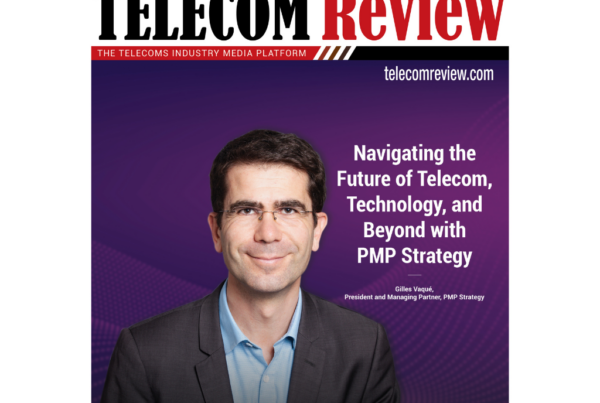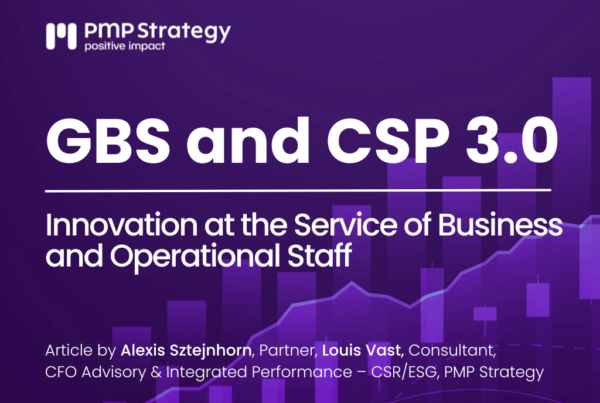Companies are increasingly interested in metaverses, ambitious models that are still being worked on. How far have metaverses really got in their development and use? What challenges do they face in the near future and what are their development prospects?
The early 2000s saw the emergence of a first generation of metaverses (Second Life, Entropia), in the form of 2D online community games. After a peak in use around 2006 (Second Life had 2 million members and hosted brands such as American Apparel and Wells Fargo), their use declined. In the mid-2010s, a second generation of metaverses appeared and developed with the emergence of Web3.0 (a decentralised, community-based environment in which users are active players). These metaverses are spaces that can be visited in 3D, and their experience can be enhanced by virtual reality equipment. At the crossroads between gaming and social networks, these new spaces are now seeing substantial investments by certain historical companies. The latter, challenged by the arrival of native digital players in the 2000s in the Web 2.0 era, are now aiming to reposition themselves in the digital world thanks to the Web 3.0.
Where are we today? And what metaverses are currently live?
Today, only a few metaverses have more than 50,000 monthly active users: Roblox (203 million), Second Life (65 million), Axe Infinity (2 million), The Sandbox (200,000), Horizon Worlds (200,000) or Decentraland (60,000).
These metaverses are based on different value propositions for users: the oldest, such as Second Life (2003) or Roblox (2004), focus their models on online games; while others, such as Decentraland or The Sandbox, present themselves as platforms for the creation and exchange of virtual goods and art. Finally, Horizon Worlds, developed by Meta, focuses its value on social exchange, in line with the Facebook social network of the same group.
These metaverses also differ in their governance models. Some, such as Horizon Worlds or Second Life, are based on a centralised model, governed by a central body in charge of decisions on the platform’s evolution. Conversely, Decentraland and The Sandbox have chosen a decentralised model: on Decentraland, for example, holders of metaverse tokens (plots, crypto-currencies, etc.) can take part in decisions about developments, through a DAO (Decentralised Autonomous Organisation) system.
In addition to their governance, metaverses also distinguish themselves through the way they distribute the value they generate. The Sandbox is based on the Creator Economy: its model, where 95% of the value generated in the game is redistributed to creators, offers them better remuneration than current social networks and thus encourages the creation and enrichment of the customer experience. Today, 99% of the content on this metaverse is user-generated and this collaborative model also maximises exchanges over time, as value is captured with each purchase/(re)sale. Decentraland similarly has a model where 100% of the value is captured by creators, while the platform is remunerated through the sale of MANA, the local currency. In contrast, the Horizon Worlds metaverse takes a 47.5% commission on creator sales, as does Roblox, which captures between 30% and 70% of the value created.
So, what have we learned so far?
While Roblox’s reputation attracts more than 200 million active monthly users with its 40 million mini-games, the number of users on The Sandbox or Decentraland (around 1,000 to 3,000 times less than on Roblox) – which offer virtual worlds in which to develop and interact with one’s avatar – is still limited.
However, these models have already won over many companies which are investing and developing projects revolving around metaverses (purchase of plots, partnerships with managers): for example, there are 400 of them on The Sandbox. On Decentraland, Gucci has developed its Vault, a virtual place where it exhibits the brand’s heritage in a gamified experience; while Nike recently bought the RFKFT studio, which produces NFT trainers. These brands have shown a clear desire to better understand how these new platforms work and to reach new customer targets.
And regarding metaverses themselves, these experiments generate traffic on their platform and exposure, and also make it possible to test partnership models. The Sandbox accompanies major brands that want to establish themselves on its metaverse to create projects with it over 6 months to 1 year: a key relationship of trust for companies in an uncertain universe that can be challenging to understand.
What are the outstanding issues for these environments?
At this stage of their development, metaverses face several issues, one of the main ones being regulation. In decentralised universes, governance can be put at risk in the case of value sharing between a few predominant players (oligopoly). According to Sébastien Borget, co-founder of The Sandbox, a revenue model that incentivises large-scale exchanges can prevent this from happening. Case in point, SAND, The Sandbox’s crypto-currency counts over 23,000 holders.
The second challenge is a conundrum that dates back to the creation of the internet itself: to establish a regulation that allows the platform to remain a neutral space favourable to interactions, while protecting the rights of users and the legality of transactions. This regulation is complex to put in place because of the strong links between the real and virtual worlds on the one hand, and the multiplicity of virtual worlds developed on the other. Some organisations are already tackling this issue (FranceMeta, Metacircle) but have not agreed on a solution as of yet.
On the other hand, these different universes still remain compartmentalised. This compartmentalisation reduces traffic on these platforms, the user experience and links to the real world: the user cannot switch from space to space while keeping the same identity. Today, some start-ups such as Ready Player Me specialise in creating unique 3D avatars that could be used from one platform to another, like “metaverse passports”. The unique identity would simplify real and virtual world interactions – for example, customer service exchanges – with direct recognition of the associated account.
Lastly, the question of the level of use is currently being raised in the metaverse sector: few users are taking up this new environment, which makes the economic sustainability of these platforms uncertain. The democratisation of metaverses depends partly on the democratisation of the tools: the technical and user constraints of virtual reality headsets are an obstacle to a complete 3D experience and access to NFTs, which are bought via volatile crypto-currencies, also scare off the less tech-savvy. The factors and conditions for an acceleration of visitor traffic and the achievement of critical size at the global level have yet to be determined.
What are the prospects for development?
On the one hand, metaverses, being at the crossroads between gaming and social networks, are an opportunity for companies to reach young people, now gamers, who use these media.
On the other hand, the metaverse offers opportunities to develop new immersive, enriched customer experiences, for a more engaging relationship with the brands. Although the killer application in terms of customer experience has yet to be determined, we already know that it is a question of creating an experience other than a mere virtualisation of the real world.
Finally, metaverses are one of the spaces that are conducive to NFT transactions and could benefit from the development of the latter, particularly in sectors where the two notions seem to meet (luxury, fashion, art, etc.).
Conclusion
While metaverses still count a very limited number of visitors and remain at an early stage of development, they have potential. Especially for designing new generations of immersive e-commerce. But this potential still needs a long period of reflection, in view of the challenges regarding increasing the number of visitors and enriching the customer experience. And while we still cannot predict how and to what extent metaverses will develop, the experience of Web 1.0 and Web 2.0 has demonstrated that players who have been able to position themselves early on with a sustained test&learn approach over time have been able to take a leadership position and a substantial lead that competitors struggle to make up for.
Ingrid Dutel, Digital, Data & Customer Experience Consultant at PMP Strategy




